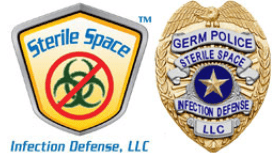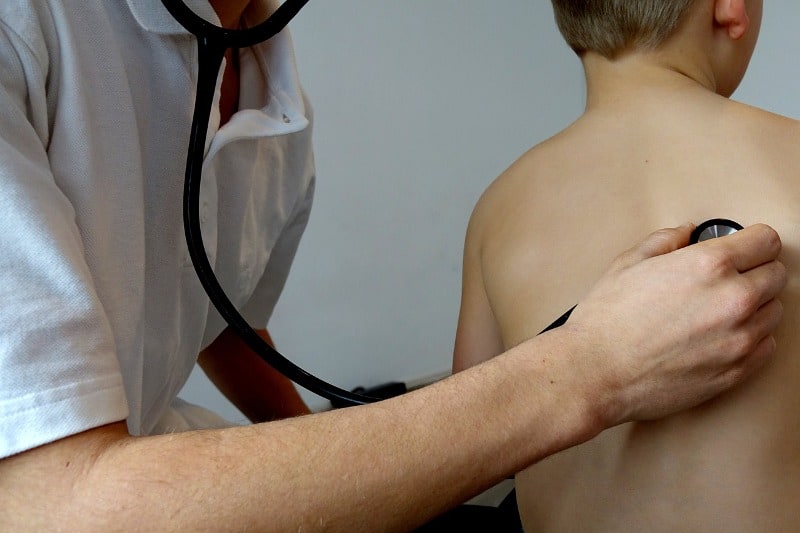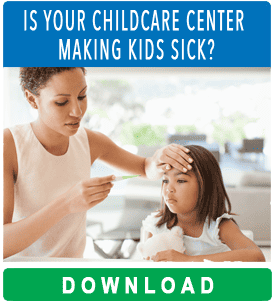Originally Published by University of Chicago
Respiratory syncytial virus, often called RSV, is a common virus that can cause infections in the nose, throat, lungs and respiratory tract. Historically, almost all children are infected with RSV by age 2, and re-infections are common at all ages.
RSV is a leading cause of hospitalization in infants. As of November 2022, cases of RSV and other respiratory illnesses — such as enterovirus, rhinovirus and parainfluenza — are surging throughout the United States, placing many pediatric hospitals at full capacity. If your child needs emergency care, it may be helpful to check your local hospital wait times as you consider your options for care.
RSV infections declined significantly during the peak of the COVID-19 pandemic. Due to masking and social distancing measures, young children were not exposed to common germs during this time.
As many return to schools and other public places without masks, germs and viruses are spreading as normal. However, with less built-up immunity, children are more vulnerable than usual.
People can catch RSV more than once, but the first time a child has an RSV infection, they are generally sicker than they are the next time. Because of COVID-19 prevention measures, we have one and two year olds who are just now having their first RSV infection.
>>CLICK HERE to Read the Full Article on News.UChicago.edu





